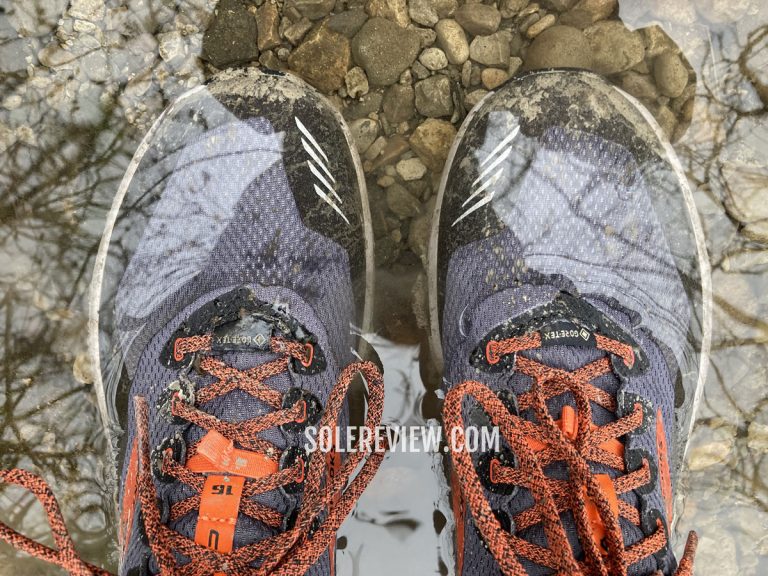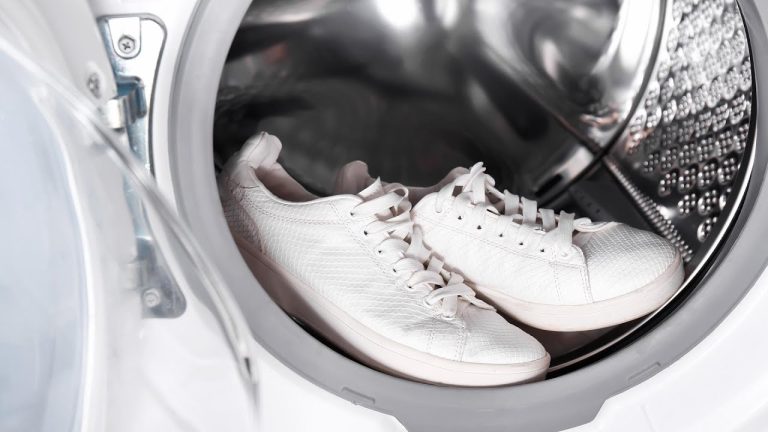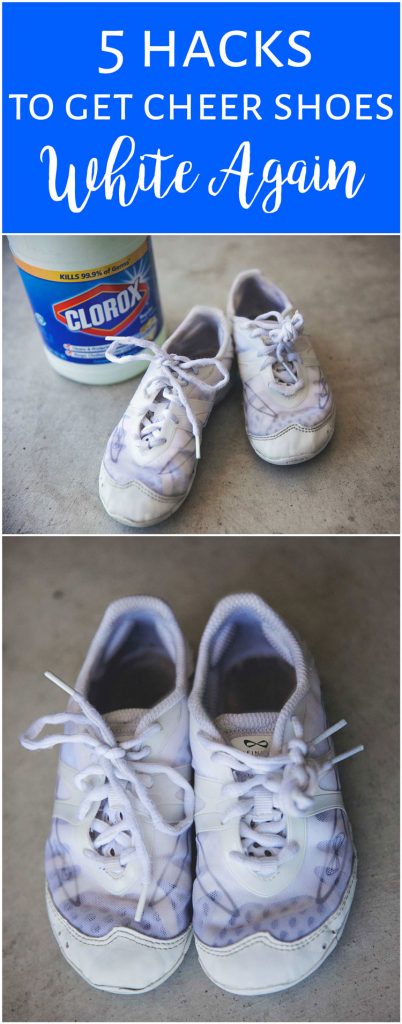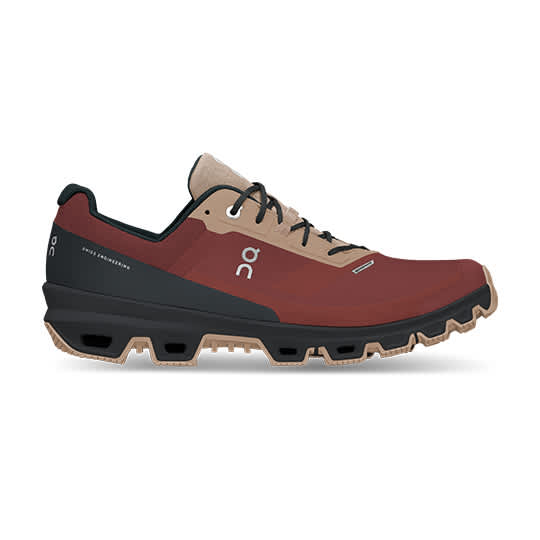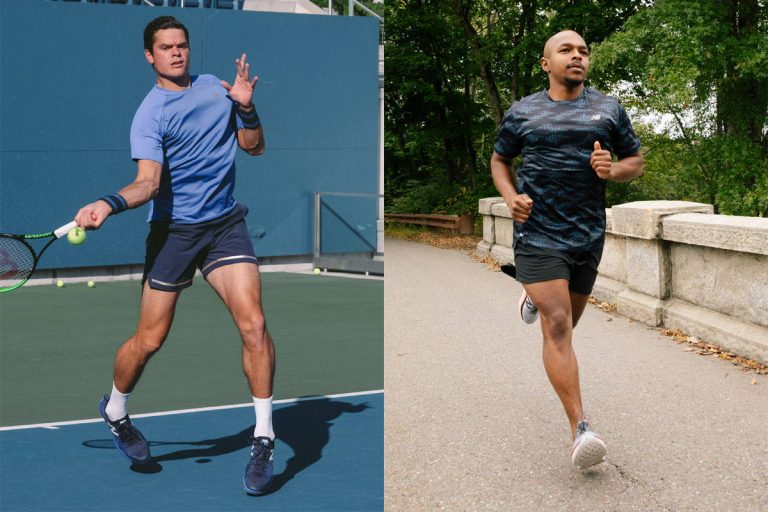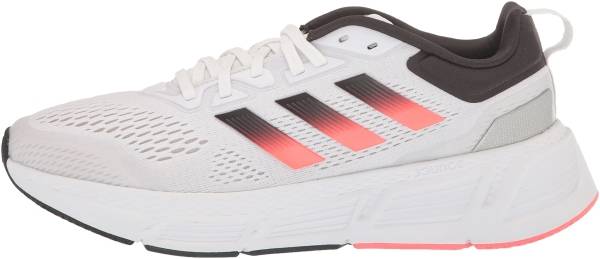Can Shoes Cause Bunions
A bunion is a deformity of the joint at the base of the big toe. It can be caused by wearing shoes that are too tight or have high heels. Bunions can also be caused by arthritis or an injury to the foot.
Shoes are often blamed for causing bunions, but this is not always the case. While ill-fitting or tight shoes can contribute to the development of bunions, there are other factors that can cause this condition. Bunions occur when the joint at the base of your big toe becomes swollen and deformed.
This can happen for a variety of reasons, including genetics, arthritis, and injury. Wearing shoes that don’t fit properly can exacerbate these conditions and lead to pain and discomfort. If you’re experience pain in your feet or notice any swelling or deformities, it’s important to see a doctor to get an accurate diagnosis and treatment plan.
How to Shrink Bunions Naturally
A bunion is a bony lump that forms on the side of your big toe. Over time, the lump gets bigger and the big toe starts to point inward toward your other toes. This can make walking painful.
Bunions can also make it hard to find shoes that fit well.
There’s no guaranteed way to get rid of a bunion without surgery. But these natural treatments may help ease your pain and keep the bunion from getting worse:
1. Soak your foot in warm water. This will help reduce swelling and pain around the bunion. Do this for 10 to 15 minutes several times a day.
2. Put ice on your bunion for 20 minutes at a time, several times a day. This will help reduce swelling and pain as well.
3. Wear wide, comfortable shoes with plenty of room for your toes to move around freely.
Avoid high heels, pointed-toe shoes, or any other shoes that squeeze or crowd your feet together..
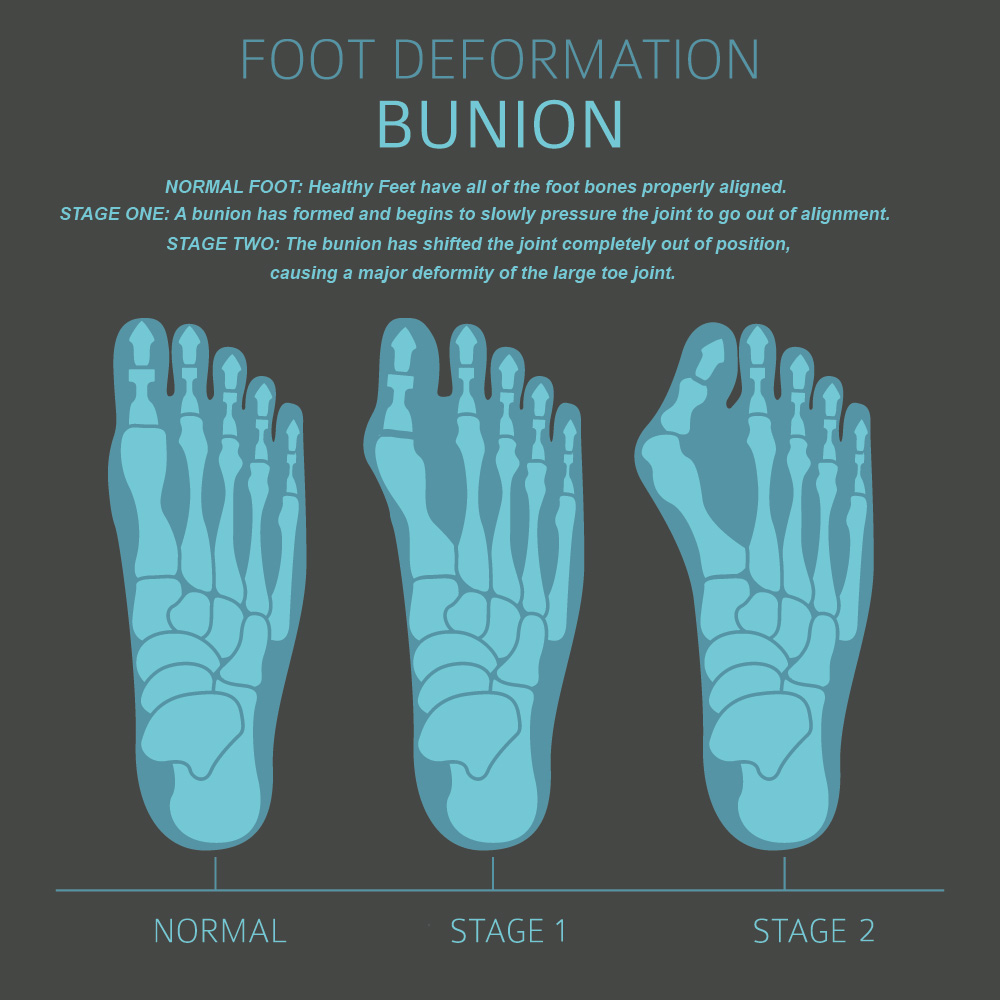
Credit: www.familyfootwearcenter.com
What Type of Shoes Cause Bunions?
There is no definitive answer to this question as different people can develop bunions for different reasons. However, some experts believe that tight, ill-fitting shoes are a contributing factor in the development of bunions. This is because constrictive shoes can put pressure on the toes and force them into an unnatural position.
This can then cause the formation of a bunion over time. Other possible causes of bunions include genetics, arthritis and trauma to the foot.
What is the Main Cause of Bunions?
A bunion is a bony lump that forms at the base of your big toe. It can be painful and make it difficult to walk. Bunions are caused by a combination of things, including genetics, tight shoes, and arthritis.
Most bunions are caused by an inherited faulty gene that causes your big toe to point inward (a condition called hallux valgus). The abnormal bone alignment puts pressure on the joint at the base of your big toe, causing it to become swollen and painful. Women are more likely than men to have bunions because they tend to wear shoes that crowd the toes, such as high heels or pointed-toe shoes.
Arthritis also can cause bunions. This degenerative joint disease breaks down the cartilage that protects your joints, allowing bones to rub against each other and causing pain and inflammation.
What Shoes Make Bunions Worse?
There are many factors that can contribute to the development of bunions. One factor that is often overlooked is the type of shoe you wear. While any type of shoe can theoretically contribute to the formation of a bunion, certain shoes are more likely to make bunions worse.
High heels are perhaps the most notorious offender when it comes to shoes and bunions. This is because high heels place an unnatural amount of pressure on the front of the foot, which can force the big toe outwards and begin the formation of a bunion. Additionally, high heels often cause women to walk in an unnatural way (i.e., with their toes pointed outwards), which further exacerbates the problem.
Other types of shoes that can make bunions worse include ill-fitting shoes (such as shoes that are too tight), pointy-toed shoes, and flats with no arch support. Basically, any type of shoe that puts undue pressure on your feet or doesn’t provide adequate support can contribute to the development or worsening of bunions.
If you already have a bunion, it’s important to be extra careful about the types of shoes you wear.
Avoiding high heels and other problematic styles can help prevent further irritation and pain.
How Do You Prevent Bunions When Wearing Shoes?
There’s no guaranteed way to prevent bunions, but there are some things you can do to reduce your risk. One of the most important things is to choose shoes that fit well and don’t put undue pressure on your feet. Avoiding high heels and other shoes with a narrow toe box can also help, as they tend to crowd the toes and put extra stress on the foot.
If you have any medical conditions that increase your risk of bunions, such as arthritis or diabetes, be sure to follow your doctor’s recommendations for care.
Do Shoes Cause Bunions?
Conclusion
Bunions are a common foot deformity that can be caused by a variety of factors, including genetics, arthritis, and injury. However, one of the most common causes of bunions is wearing ill-fitting shoes. Shoes that are too tight or have high heels can put pressure on the joints in your feet and cause them to become misaligned.
This can eventually lead to the formation of a bunion. If you already have bunions, it’s important to choose shoes that won’t aggravate them. Look for shoes with a wide toe box and avoid those with high heels or narrow toe boxes.

